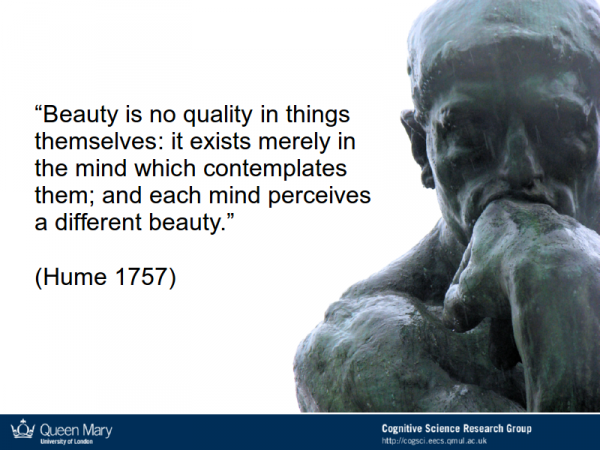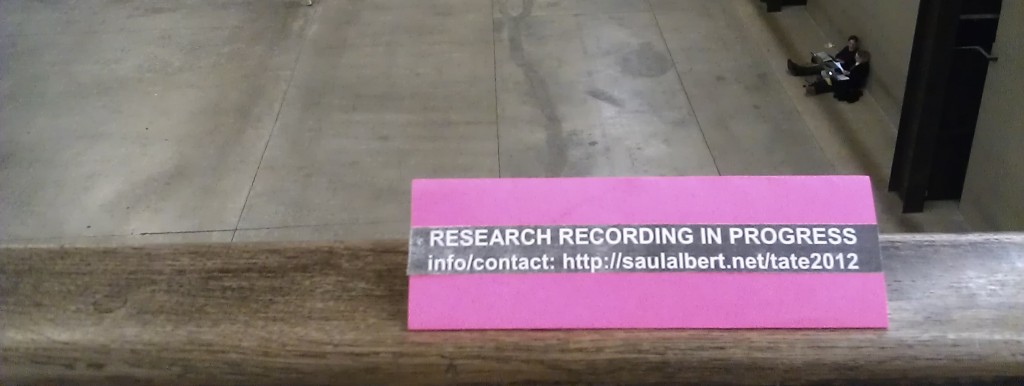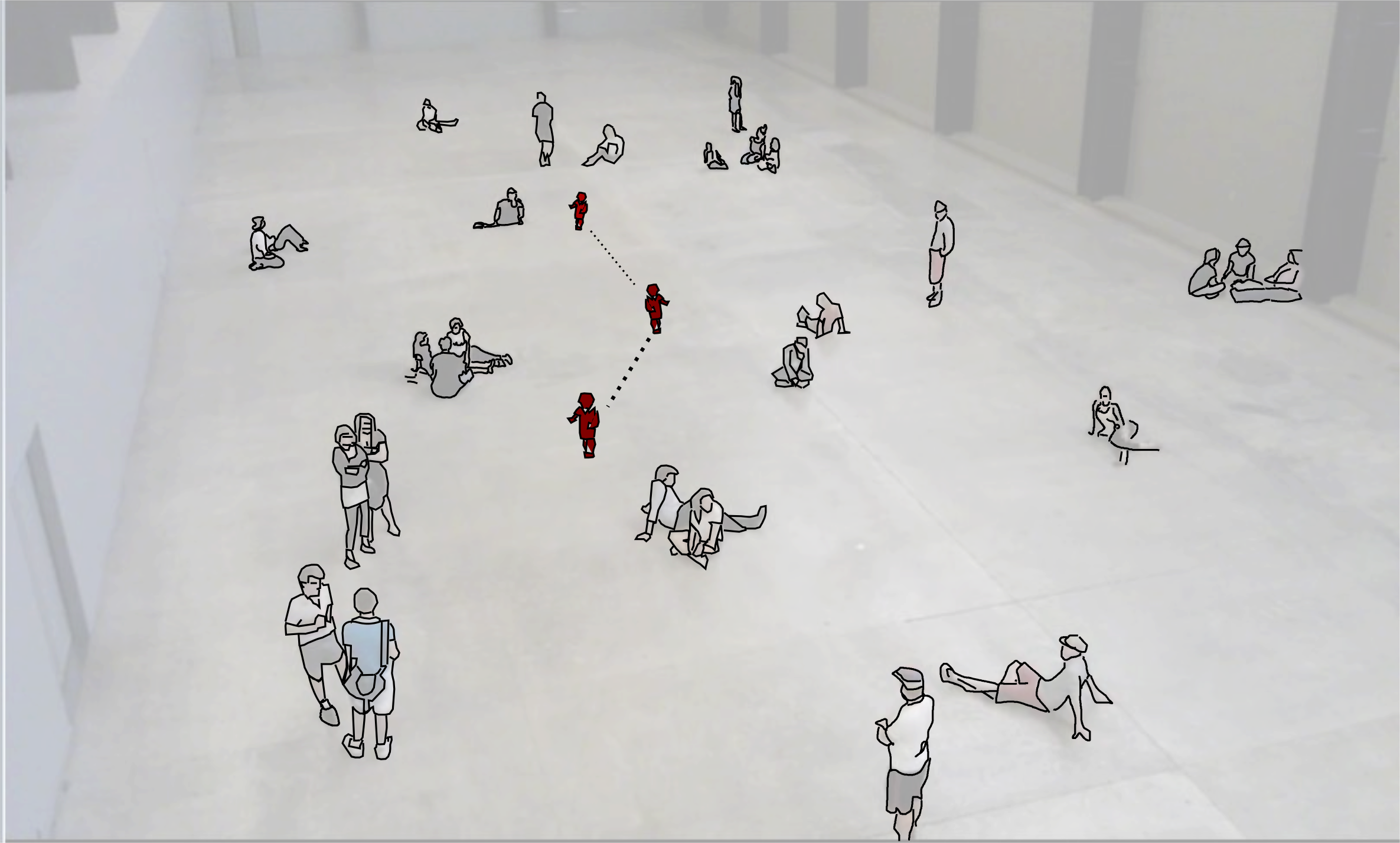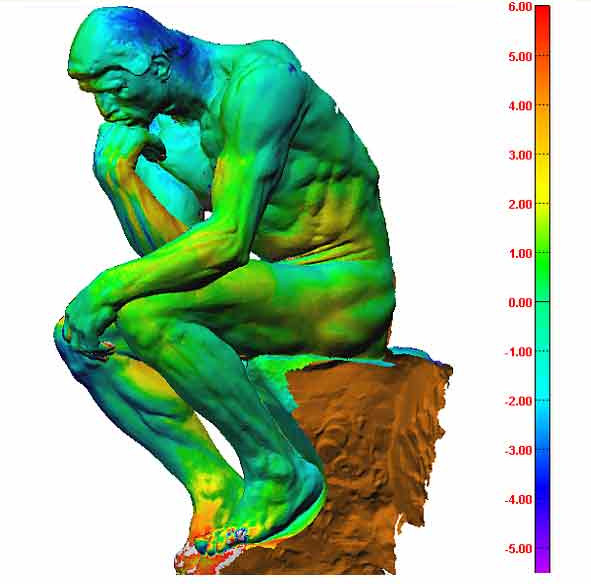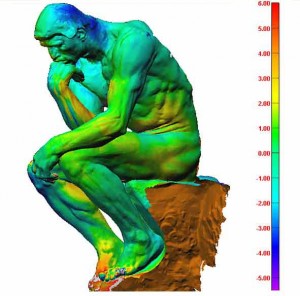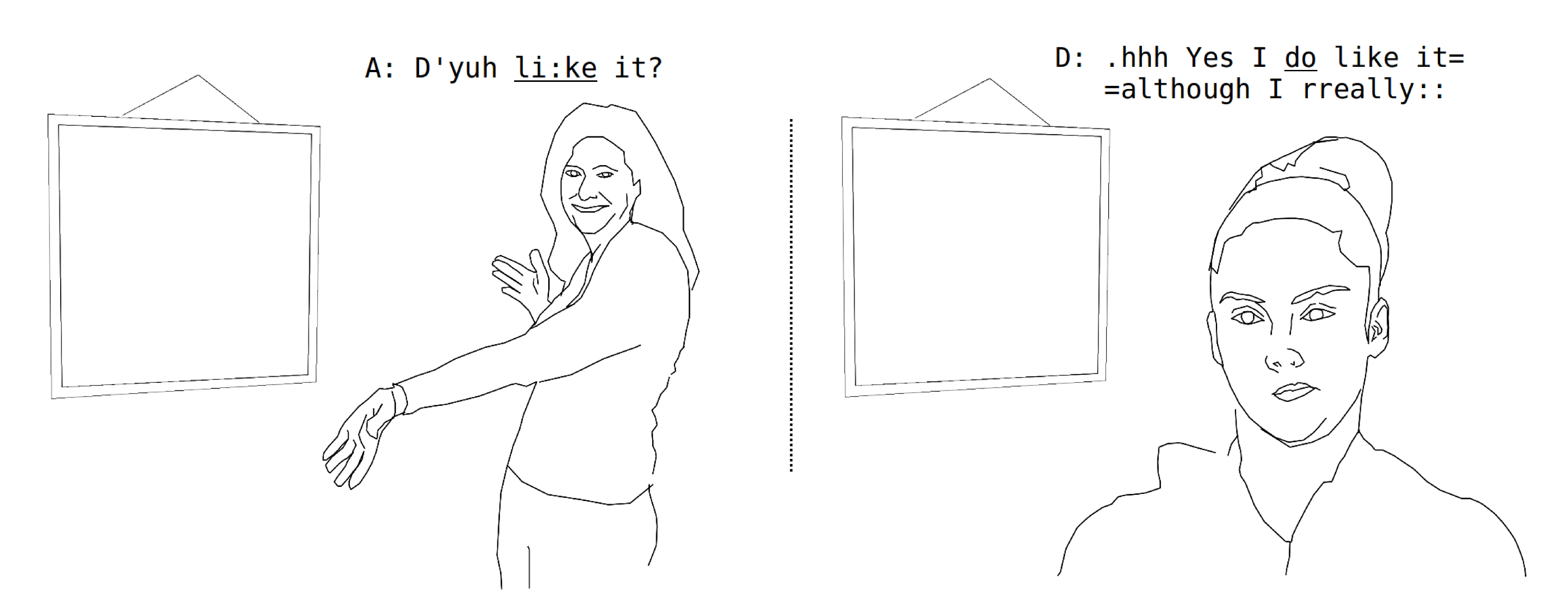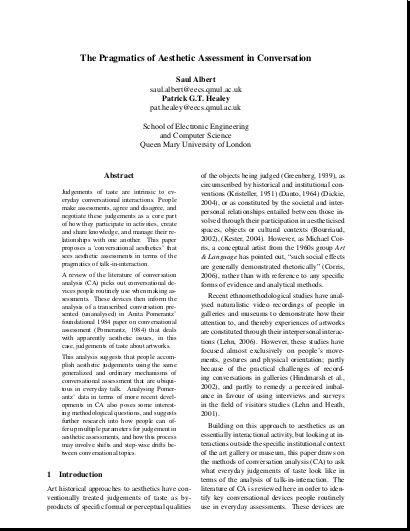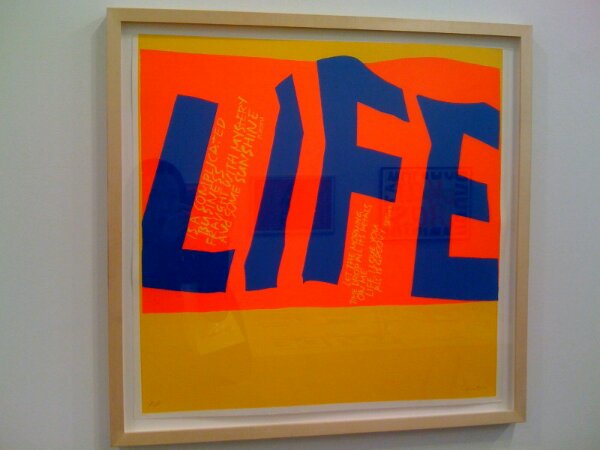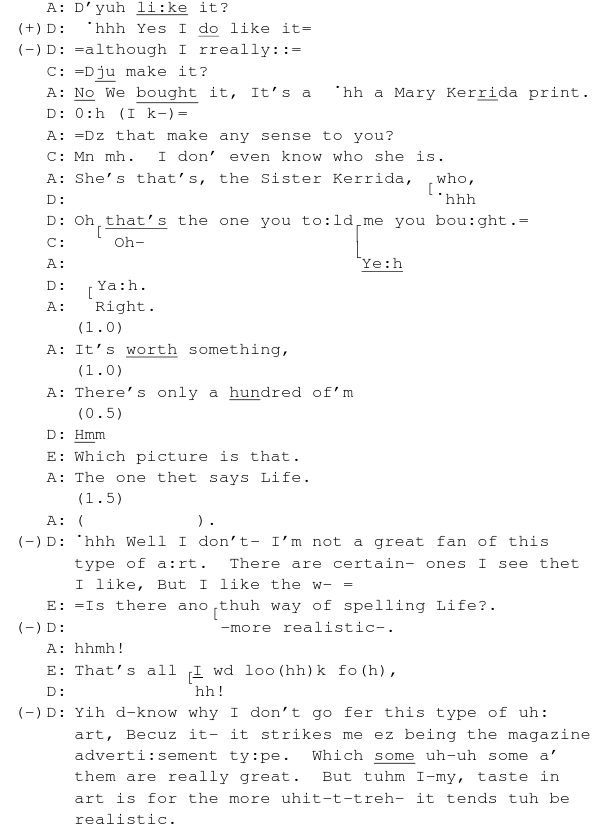PhD viva preparation checklist
My PhD viva in November 2016 involved a challenging, rich and rigorous two hour conversation with Professors Christian Heath and Lorenza Mondada. I wasn’t nervous going in and was lucky enough to really enjoy it, probably because during the 6 months between submission and viva I tried to answer at least one of the generic viva questions on the list I’m posting here every day.
It was comforting to know I’d tried to cover lots of bases, and it gave me a way to get my head out of the intense detail of the thesis and make sure I had stepped back to consider the angles I imagined might come up. The answers I wrote were also really useful later because free-writing narrative responses to generic questions daily (and often quite repetitively) helped me think through how to explain my work to non-specialists (although you couldn’t find two people more expert in my area than my two examiners).
Thanks to Drs. Jo Cordy and Steve Hutchinson (via Jo Cordy) and Trafford & Leshem (2002) who came up with some of these questions – assembled from multiple sources. If you’re here because you have your PhD viva coming up – good luck! I hope you enjoy yours as much as I did mine.
- Pre-viva preparation checks:
- Read the relevant literature in your specific niche published since submission.
- Read any relevant and recent work by each examiner.
- Think of their specific concerns and intellectual bugbears.
- Ask yourself: have I referenced anything that I can’t really remember anymore?
- What do I rely on in terms of those references? Can I defend them? Can I summarize each source and what I take from it?
- 108 Questions to prepare
- 10 most common questions
- Value-added and originality
- What are the most original (or value-added) parts of your thesis?
- Which propositions or findings would you say are distinctively your own?
- How do you think your work takes forward or develops the literature in this field?
- What are the ‘bottom line’ conclusions of your research? How innovative or valuable are they? What does your work tell us that we did not know before?
- Origins and the scope of the research
- Can you explain how you came to choose this topic for your doctorate What was it that first interested you about it? How did the research focus change over time?
- Why have you defined the final topic in the way you did? What were some of the difficulties you encountered and how did they influence how the topic was framed? What main problems or issues did you have in deciding what was in-scope and out-of-scope?
- Methods
- What are the core methods used in this thesis? Why did you choose this approach? In an ideal world, are there different techniques or other forms of data and evidence that you’d have liked to use?
- Data or information
- What are the main sources or kinds of evidence? Are they strong enough in terms of their quantity and quality to sustain the conclusions that you draw? Do the data or information you consider appropriately measure or relate to the theoretical concepts, or underlying social or physical phenomena, that you are interested in?
- Findings
- How do your findings fit with or contradict the rest of the literature in this field? How do you explain the differences of findings, or estimation, or interpretation between your work and that of other authors?
- What next?
- What are the main implications or lessons of your research for the future development of work in this specific sub-field? Are there any wider implications for other parts of the discipline? Do you have ‘next step’ or follow-on research projects in mind?
- Most common general questions
- What is it about
- What’s the original aspect of the thesis
- What are the weaknesses?
- What would you do different next time?
- General practice questions
- Briefly, what have you most enjoyed about research so far?
- Briefly, how did you get interested in your area of study?
- Briefly, which part of your work are you most pleased with?
- How did your research question arise?
- What inspired you to tackle this research problem?
- Provide us with a brief ‘abstract’ of your thesis in 9 sections:
- big picture problem / widely debated (1-2 sentences)
- brief sketch of literature (2-3 sentences)
- gap in approaches to date (without criticism) (1 sentence)
- how my project fills the gap (1-2 sentences)
- specific matereials examined in the diss (1-2 sentences)
- theoretical orientation employed (one sentence)
- summary of chapters (2-3 sentences per chapter)
- original conclusion / argument (1-2 sentences)
- brief concluding paragraph on significance (2-3 sentences).
- If you had to summarise the main findings of your work to a non-specialist, what would you say?
- In one sentence, what is your thesis?
- Why is the problem you have tackled worth tackling?
- What is original about your work?
- What is the key contribution of your thesis to increased knowledge?
- What have you done that merits a PhD?
- Aside from your supervisor who are the main academic influences on your work, and how does your work compare to theirs?
- How would you describe your methodology and why did you decide to use it?
- What methodologies / approaches did you also consider and why did you reject them?
- What are the strongest and weakest points of your work?
- Generally, which sections of the thesis are the most publishable and in which journals do you intend to publish them?
- What did you find most technically or theoretically difficult about your work?
- What literature searching strategy did you adopt, and how can you be sure you haven’t missed anything significant?
- What are the ethical implications of your work?
- What do you see as being the societal or economic impacts of your work (may be potential impacts only at this stage)?
- If you could start again, what would you change?
- How have you developed as a researcher?
- What training have you done while a researcher and how did it help you?
- What skills and competencies do you still need to develop in order to be a ‘complete’ researcher?
- How has your supervisory relationship changed over time and what has this taught you about academia?
- How would you supervise a PhD student?
- What is your publishing strategy?
- Given the rate of development in your research area, for how long will your contribution be relevant?
- How could your work be improved?
- From your experience, what have you learned about research?
- What aspect of the work did you find most frustrating?
- How did the thesis compare with what you set out to do?
- Did you achieve your initial goals?
- Given the recent advances in your subject what would you change in respect of your methodology?
- What new approaches would help you take this work further?
- If you had five years full funding money and twenty researchers, what would you do?
- Where will this research area be in 10 years?
- Do you see yourself in research in 5-10 years’ time and in what position?
- Value-added and originality
- 10 most common questions
- Question clusters
- Opening Questions
- Why did you choose this topic for your doctoral study?’
- Conceptualisation
- What led you to select these models of …..?
- What are the theoretical components of your framework?
- How did you decide upon the variables to include in your conceptual framework?
- How did concepts assist you to visualise and explain what you intended to investigate?
- How did you use your conceptual framework to design your research and analyse your findings?
- How did you arrive at your conceptual framework?’
- Research Design
- What other forms of research did you consider?
- How would you explain you research approach?
- Why did you select this particular design for your research?
- What is the link between your conceptual framework and your choice of methodology
- and how would you defend that methodology?
- Can you explain where the data can be found and why your design is the most appropriate way of accessing that data?
- How did you arrive at your research design?’
- Research Methodology
- Please explain your methodology to us.
- Why did you present this in the form of a case study?
- What choices of research approach did you consider as you planned your research?
- Can you tell us about the ‘quasi-experimental’ research that you used?
- I did not watch your video until after reading your thesis. I wish that I had viewed it earlier ~ it was very good. Why did you decide to include a video in your thesis? What was its role?
- How would you justify your choice of methodology?’
- Research Methods
- How do your methods relate to your conceptual framework?
- Why did you choose to use those methods of data collection?
- What other methods did you consider and why were they rejected?
- How did you handle the data that came from open-ended questions?
- Tell us how you managed to achieve a 100% response rate from your respondents ~ who, as adolescents in schools, are not known for complying with such requests!
- Why did you decide to use XYZ as your main instrument(s)?’
- Sampling
- How did you decide upon your research boundaries?
- What was the Universe from which your sample was selected and how did you define it?
- What is the relationship between your respondents, the research design and the conceptual framework?
- Why did you choose these respondents rather than other respondents ~ how do you justify that choice?
- How did you select your respondents/materials/area?’
- Conceptual conclusions
- What are your conceptual conclusions?
- Were you disappointed with your conclusions?
- How do your conclusions relate to your conceptual framework?
- How did you distinguish between your factual and conceptual conclusions?
- How did you arrive at your conceptual conclusions?’
- Fundamentals
- How did you triangulate your data?
- Were you objective or subjective in your role as a researcher?
- How did you relate the various stages of your research one to another?
- How did you analyse your data, and how did you arrive at meanings from that analysis?
- How generalisable are your findings~ and why?’
- Contribution
- How important are your findings ~ and to whom?
- How do your major conclusions link to the work of Dr. X?
- The absence of evidence is not support for what you were investigating, neither is it
- confirmation of the opposite view. So how do you explain your research outcomes?
- What is your contribution to knowledge?’
- How else might you have undertaken your research?
- What are the strengths and weaknesses of your research?
- What would you do differently if you repeated your research?
- We would like you to critique your thesis for us.’
- Returning to the Beginning
- So why did you really want to undertake doctoral study?
- How is gaining your doctorate going to help your career?
- What are you going to publish from your thesis?
- What are you going to do after you gain your doctorate?’
- Is there anything else that you would like to tell us about your thesis which you have not had the opportunity to tell us during the viva?’
- Opening Questions
PhD viva preparation checklist Read More »
